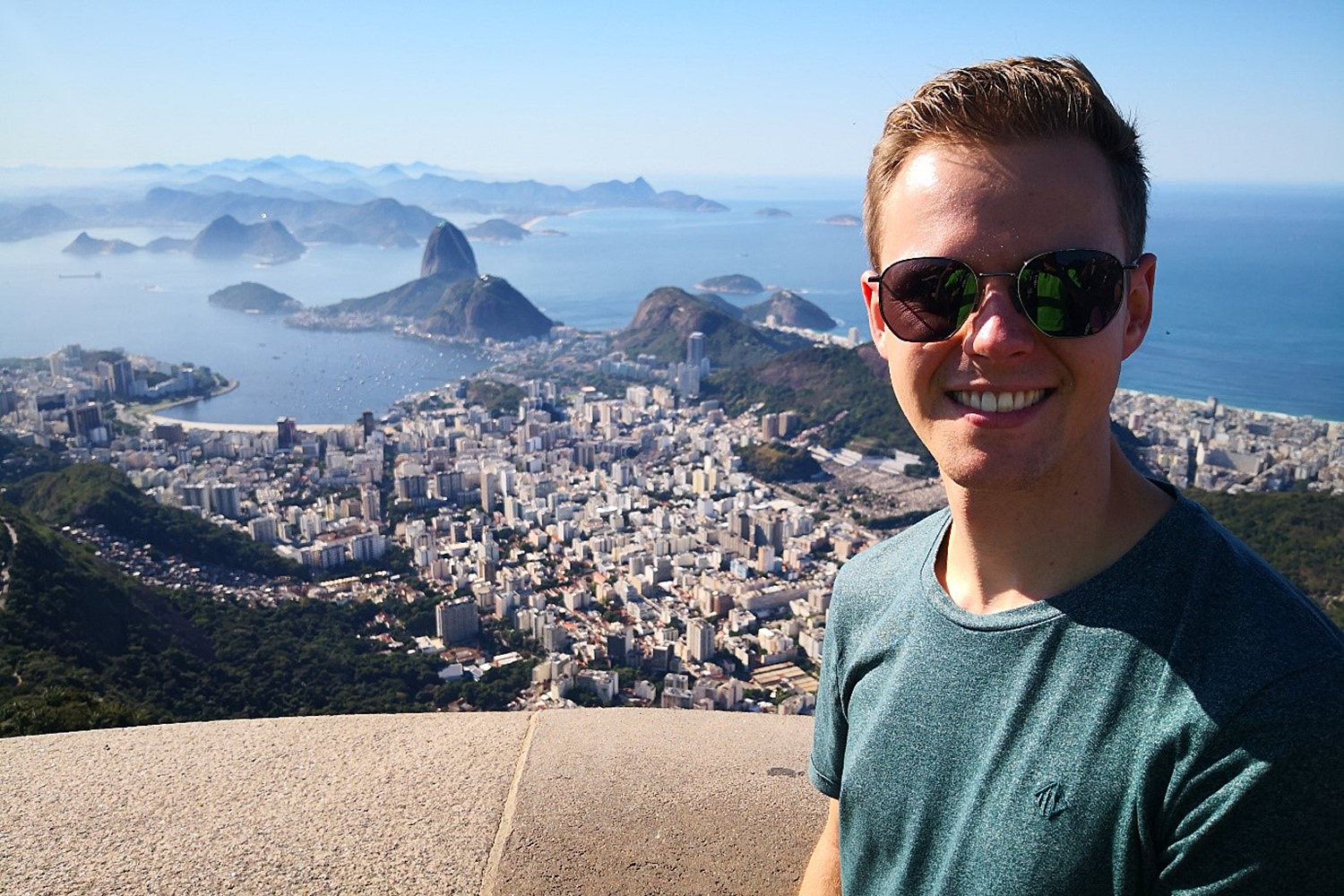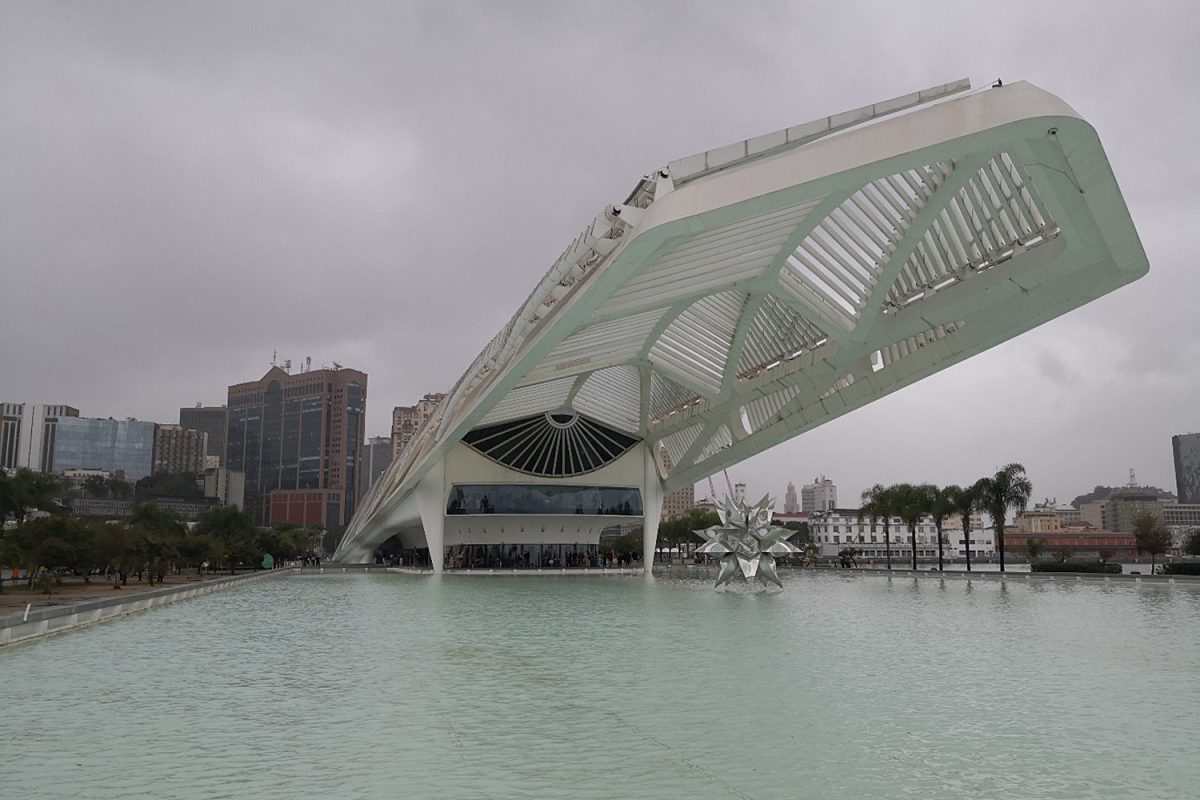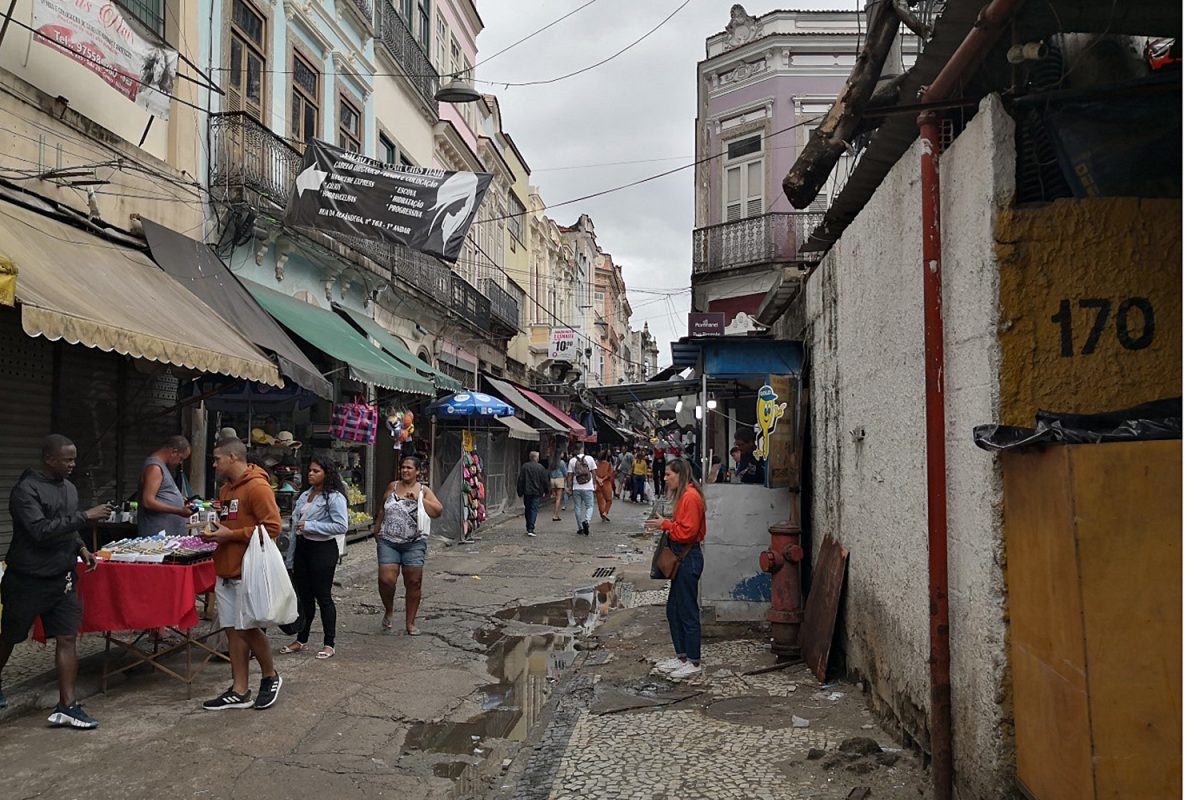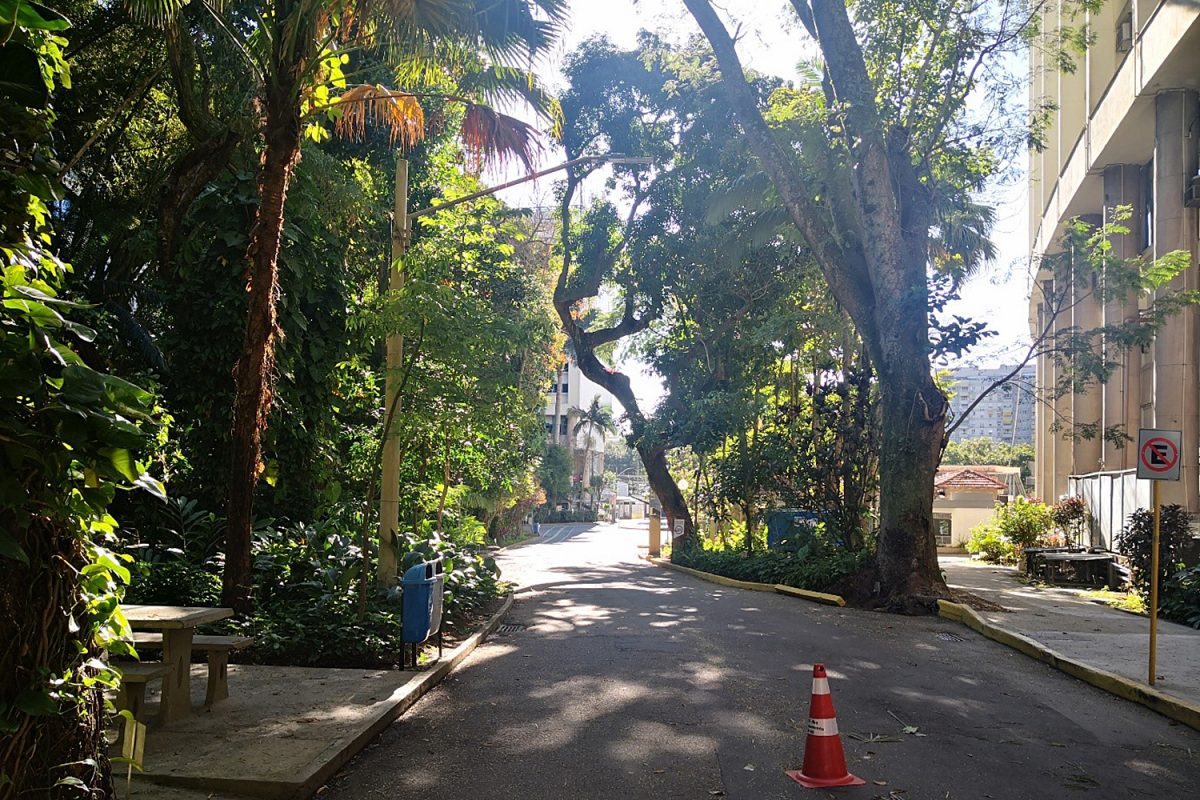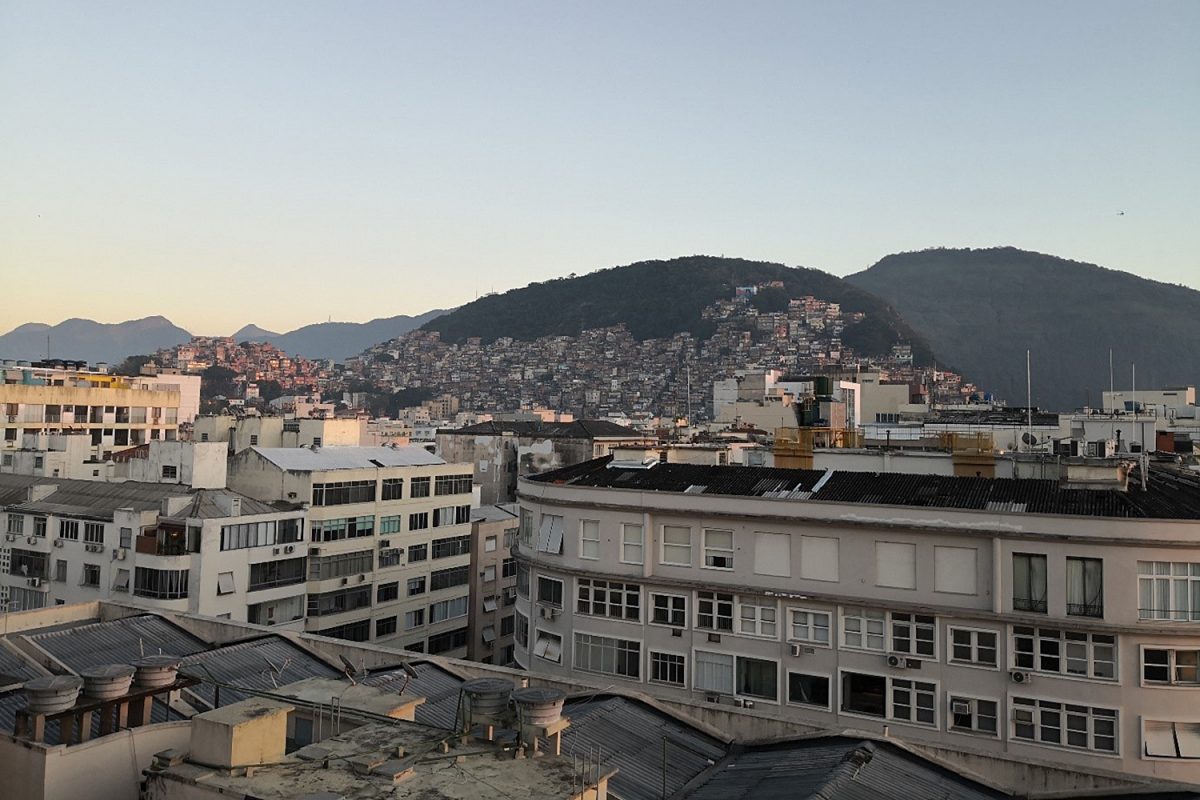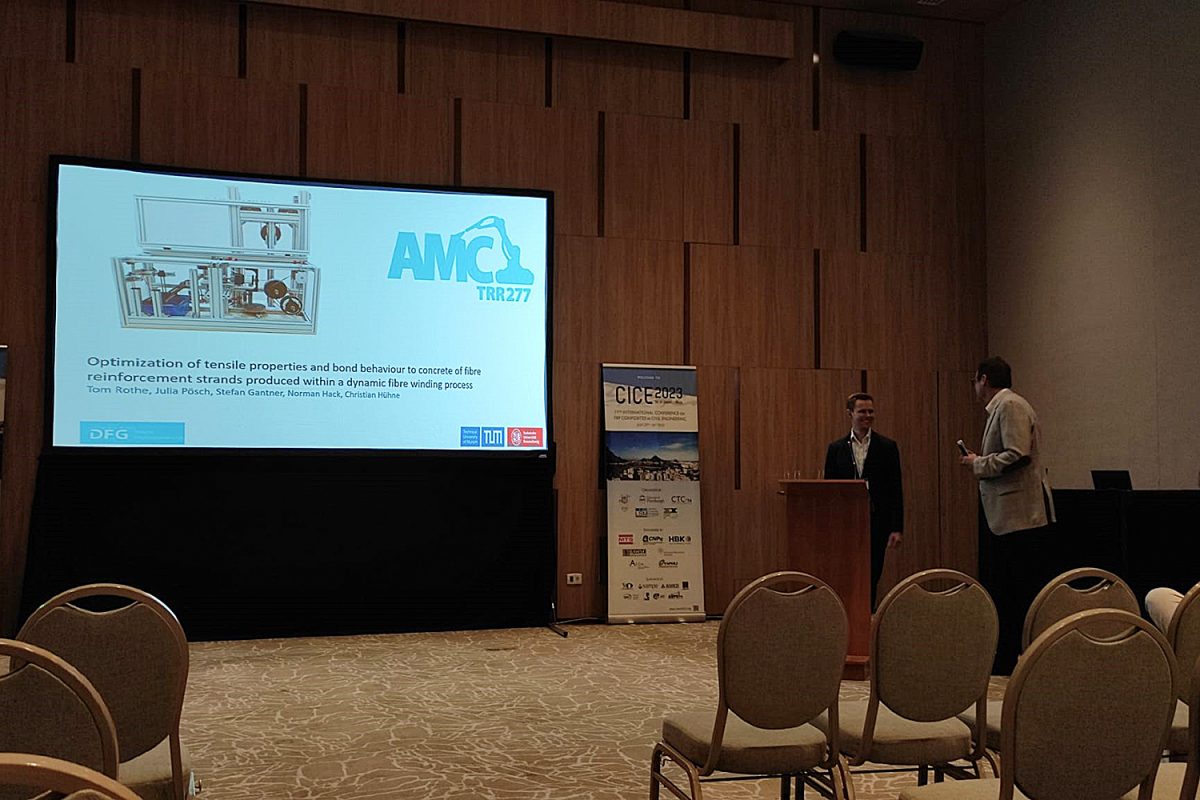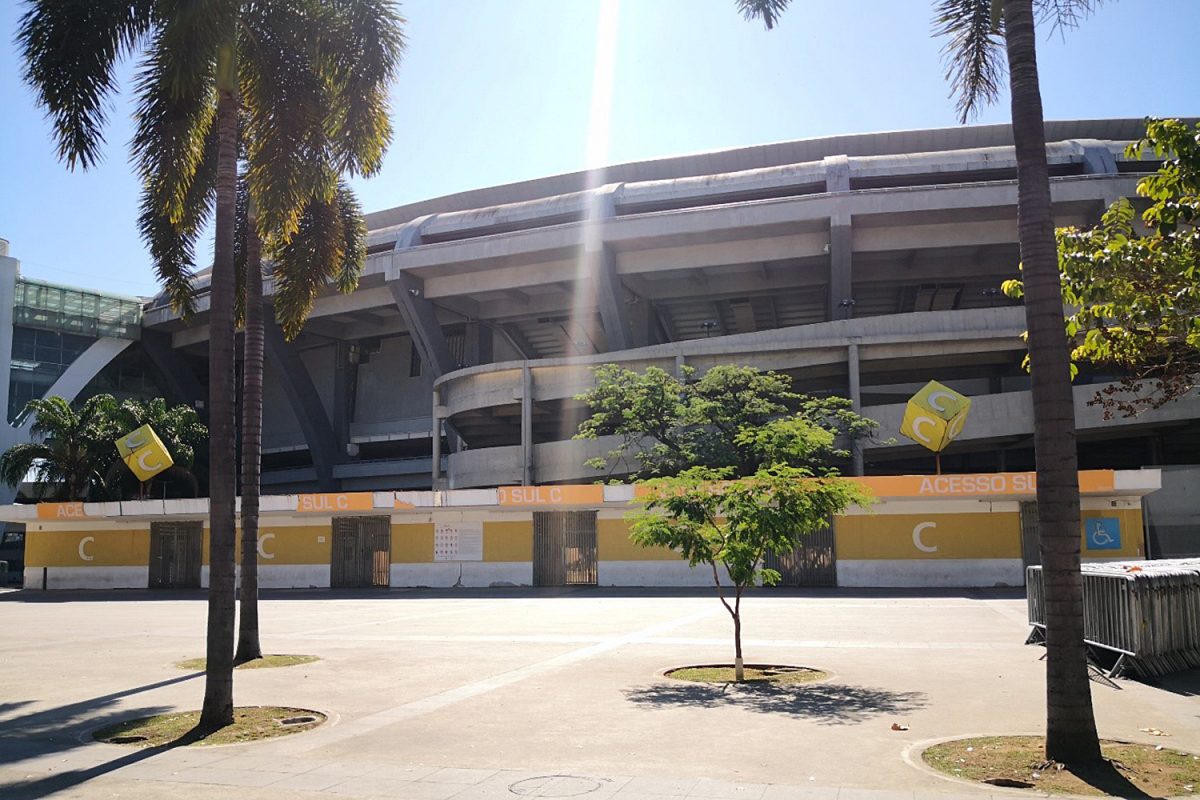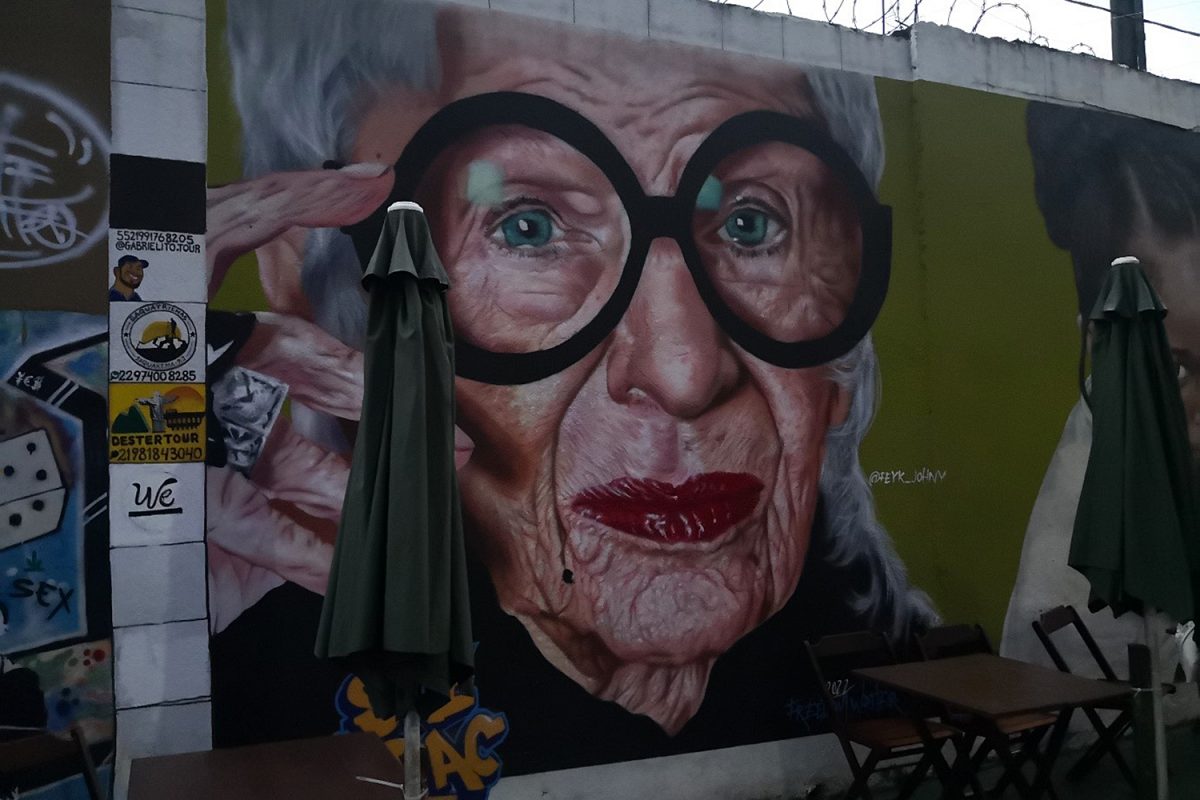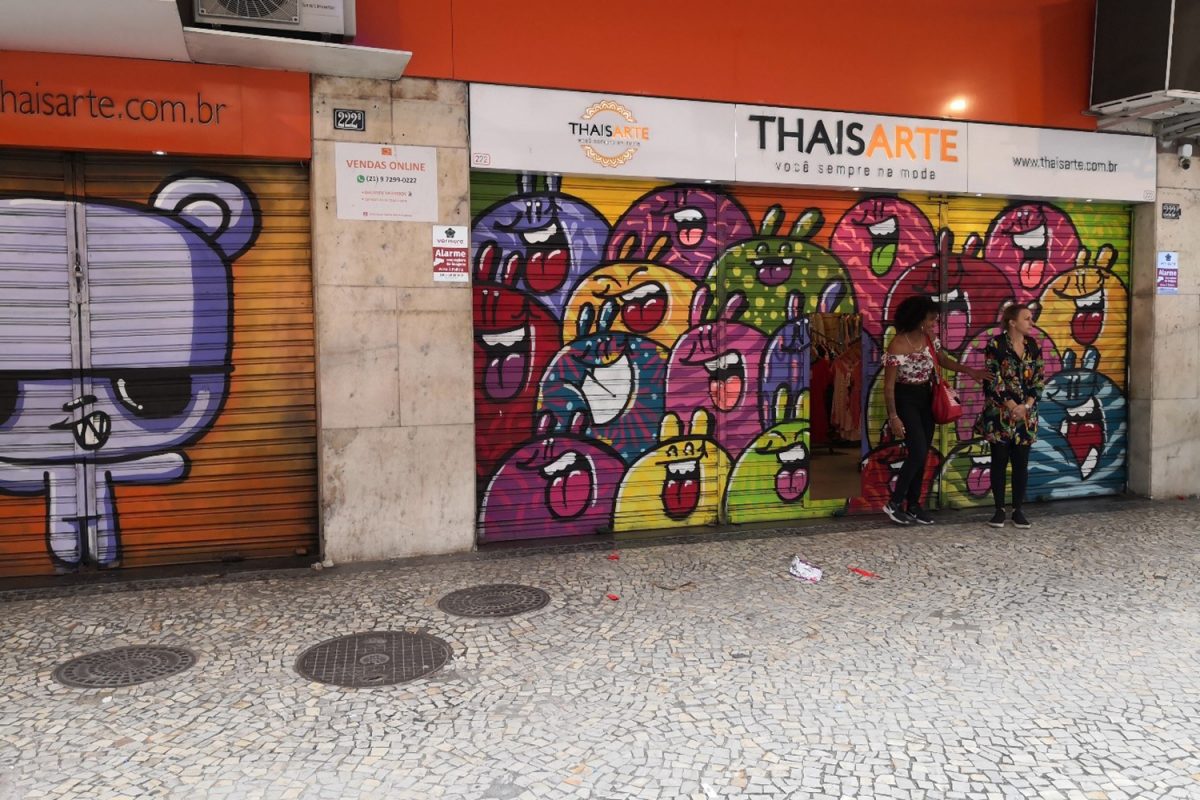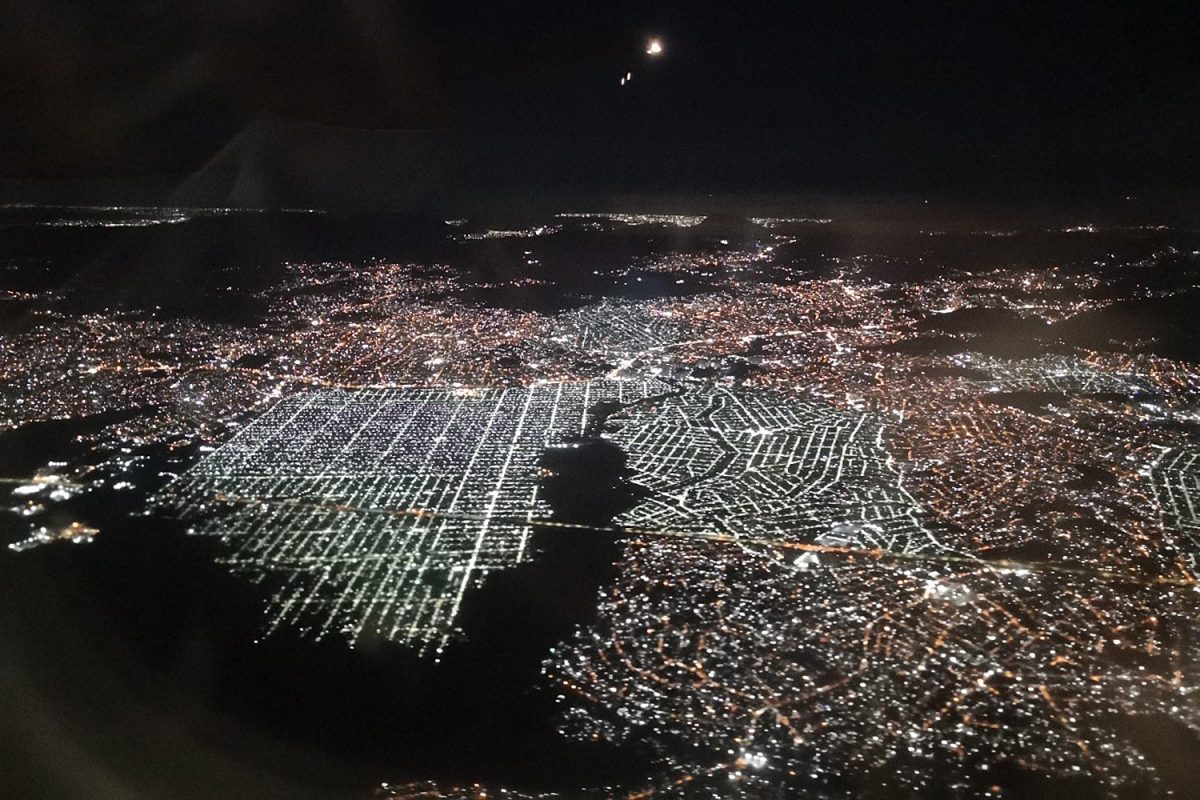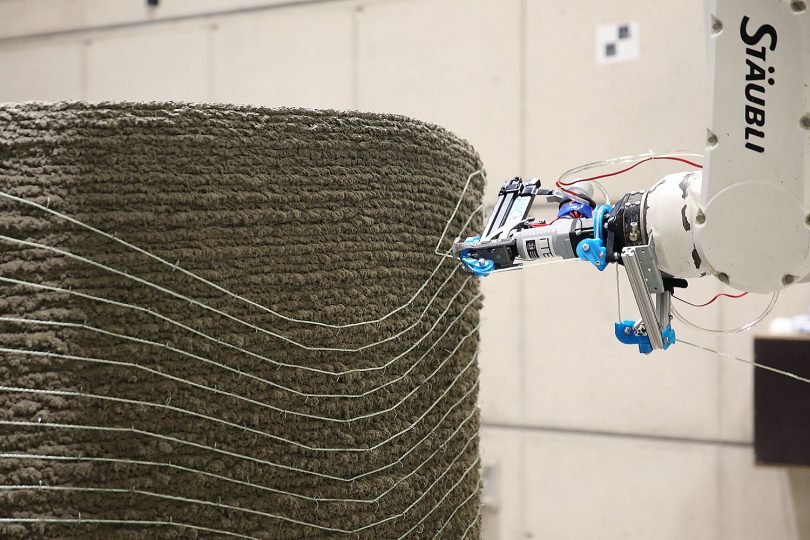“On Sundays, a traffic lane becomes a walking and cycling path” Future City Goes Global: In Rio de Janeiro with Tom Rothe
What will the liveable city of tomorrow look like? In order to find answers to this question, scientists from the core research area “Future City” are exchanging ideas with researchers from all over the world. In the series “Future City Goes Global” they take us to other cities and show us differences and similarities. Tom Rothe from the Institute of Mechanics and Adaptronics recently presented research results from the Collaborative Research Centre “Additive Manufacturing in Construction” (AMC) at a conference in Rio de Janeiro, Brazil, where he was also able to explore the coastal metropolis.
Mr Rothe, what was the reason for your trip?
At the end of July 2023, I attended the “11th International Conference on Fiber-Reinforced Polymer (FRP) Composites in Civil Engineering (CICE 2023)” in Rio de Janeiro. Here I had the opportunity to present my current research results, which I have been working on within the Collaborative Research Centre/Transregio TRR277 “Additive Manufacturing in Construction”. As the conference focused very much on fibre composites in the construction industry, I was able to meet many colleagues from all over the world who are researching in a very similar subject area to myself. I also had the opportunity to introduce additive manufacturing in the construction industry to other scientists who are not mainly involved in this field in their everyday research.
Which research topics in particular were the focus during your stay?
In my conference paper, I presented the process we developed for the customised production of fibre composite reinforcement strands, which is a textile-based reinforcement for 3D-printed concrete components. In addition to the process, I presented the results of initial mechanical investigations comparing the reinforcement strands we produced with commercially available reinforcement bars. At the same time, my goal was to get input from colleagues. It was very nice to meet many researchers in person whose work you have already read and cited.
This combination of nature, geography and urbanism seems unique.
What impressed you the most in the city? What was your personal highlight?
What impressed me most was the beauty of the landscape in which this metropolis of millions is integrated. When you look from the statue of Christ over the sea and the coast and see the numerous small islands jutting out of the sea, it is really overwhelming. The same goes for the view the other way round, from Sugar Loaf Mountain towards the city, as the sun sets over Rio de Janeiro. This combination of nature, geography and urbanism is unique.
What makes this city special? What could we learn from it for German cities?
Since the weather in Rio de Janeiro is beautiful almost all year round, much of life takes place outside and on the beach. If you walk along the beach promenade in the morning, you will see numerous joggers, fitness classes or swimming groups in the open sea. On Sundays, an entire traffic lane of the beach promenades in Ipanema and Copacabana is closed for pedestrians and cyclists.
What one can learn from the Brazilians is the greater calm and composure with which everyday business is carried out. Life on the street is hectic and noisy, but at the supermarket checkout or when paying in a restaurant, everything is done with more calmness and less hectic than one is used to in Germany.
On Sundays, an entire traffic lane of the beach promenades in Ipanema and Copacabana is closed for pedestrians and cyclists.
What is the number one means of transport in the city?
In Rio de Janeiro, there is a wide variety of different means of transport. There are many buses on the main roads, which also connect the outskirts and rural areas to the city. There is also a well-developed and safe metro network and trams in the city centre. On top of that, there are rental bikes everywhere, which can be easily rented via app. The orange bikes are extremely common and can’t be missed, especially near the beach.
However, Rio de Janeiro is one of the most dangerous cities in the Americas, which is why tourists are advised to be very careful when moving around the city after dark. Therefore, taxis or Uber vehicles are also frequently used, which, however, leads to heavy traffic and sometimes long traffic jams.
What research collaborations are planned?
My primary goal was to present my research and bring it closer to other researchers. Specifically, at the conference I had the opportunity to meet some colleagues from TU Dresden and RWTH Aachen who are doing research in similar areas. After the conference, we decided to exchange ideas more closely in the future, starting with a mutual visit.

